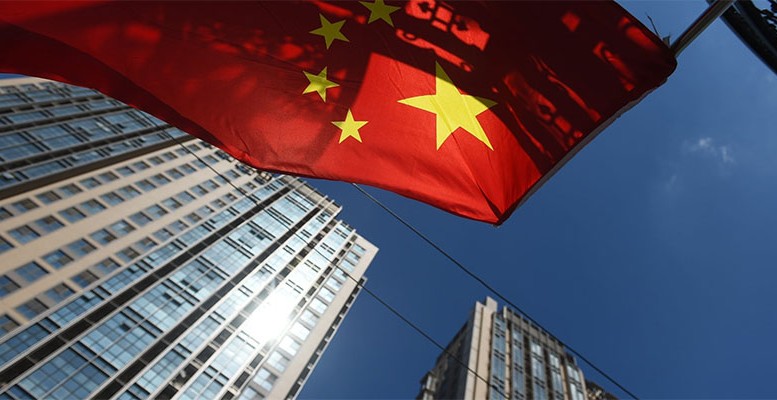Alicia García Herrero (Natixis) | China’s so-called Two Sessions, the country’s most important annual political gathering, marked a transition this year. Held in early March, it included the final work report – or summary of government business – delivered by outgoing Prime Minister, Li Keqiang, who after two five-year terms as China’s prime minister, handed over to Li Qiang.
Against this backdrop, Li Keqiang’s 2023 work report was blissfully short, compared to past editions. It focused mainly on reviewing 2022 economic performance and much less on the future. Still, given its symbolic importance, there is no doubt that every word in Li Keqiang’s work report was measured, making it important to analyse in detail, to draw out conclusions for China’s economic future.
The report (Li, 2023) did offer a few macroeconomic targets for 2023. The GDP growth target of “around 5 percent” has been read as unambitious, reflecting caution after the government missed 2022’s 5.5 percent target. The announced employment target – 12 million new jobs – is higher than in the last five years, pointing clearly to the Chinese government’s concern with rising unemployment, especially among young people. The government’s short-term policy priorities are familiar as well: expanding domestic demand, modernising the industrial system, supporting public and private sector alike, attracting more foreign investment, containing economic and financial risks, and further transitioning to a green economy. But Li Keqiang provided little detail on how these goals would be achieved.





